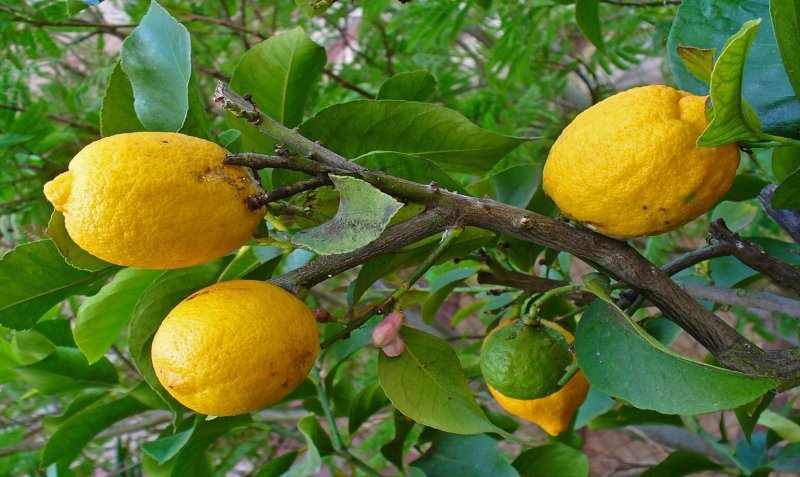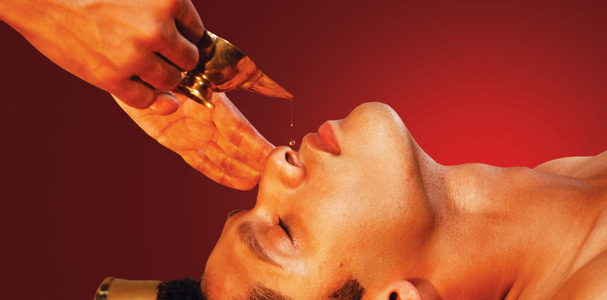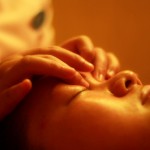BEEJAPOORAKA
(CITRUS MEDICA)
BEEJAPOORAKA- The word literally means that which plant has numerous number of seeds.Thisplant has been commented upon the Charaka and susrutha. It is very commonly used in the management of Agnimandya and finds a place in Phalavarga in ancient medicine. Beejapooraka is one among the ingredients of पञ्जमूल and अम्लवर्ग
During the 19th century it is popularized through one preparation “Madanaphala rasayana”
HISTORICAL ASPECT
This plant has been commented upon both by Charaka and sushrutha with reference to its properties and uses in Ayurveda.
The plant is considered indigenous to India. Although Malaya also had known the fruit from antiquity. The specific Variety – matalunga has been associated with one of four goddessespadmavati in India.
GANAS OR VARGAS
- Charaka – Hrsya,chardinigrahana
- Susrutha – Phalavarga
- Vagbhata – Phalavarga
- Ni – Amradivarga
- Ni – ओषाधिवर्ग
- Ni – Amradivarga
- P.Ni – Amradiphalavarga
VERNACULAR NAMES
- Sanskrit : मातुलुङ्ग
- English : Citron,Melon lime
- Hindi : बडानिम्बु
- Kannada : Madala,Mahaphala
- Malayalam : Matalanarakam
- Telugu : Lingama
- Tamil : Sidalai,Kommattimadalai
- Manipuri : Heijang
- Marathi : Mahalungi
- Bengali : Begpura
- Konkani : Mauling
- Assamese : Joratenga
- Gujarathi : Turanji
SYNONYMS
- बीजपूर्णामध्यकेशर
- बीजपूरःगन्धकुसुम
- केशरसिन्धुपादप
- फलपूरक
- पूरक
- केशराम्ल
- मातुलुङ्ग
- सपूरक
- वराम्ल
- बजक
- लुङ्ग
- रुचक
- मध्यकेशर
CHEMICAL COMPOSITION
- Fruit (rind) – Aromatic volatile oil
- Citrone 76%
- Citrol 7-8%
- Cymene and citronellal
- Fruit – Glucoside hesperidin
- Fruit juice – citric acid
- Sulphuric acid
- Sugar
- Fruit peel – oil
- Limonene
- Dipentone
- Citrol
- Abscisic acid
- Abscising
- Limonin
- Limocitrol
- Rutin
PROPERTIES
रस : मधुर,अम्ल
गुण : लघु,स्निग्ध(मधुरVariety)
तीक्ष्ण,उष्ण(अम्लVariety)
वीर्य : अनुष्ण
विपक : मधुर
दोषघ्नत : वातपित्तघ्न
कर्म : रक्तपित्तघ्न,कासघ्न,तृष्णशामक, दीपन
Uses : रक्तपित्त,कास,तृष्ण,श्वास,उदरशूल,विबन्ध,छर्दि,
हिक्क,अजीर्ण,शूल
EXTERNAL AND INTERNAL USES
- External uses:- Seeds are utilized in Scorpion bite
- Internal uses
- Digestive system-Vomits,Gastrointestine,thirst,dyspepsia, Stomach pain,गुल्म,अर्शस
- Circulatory System-Rakthavahasansthana,Fruit juice in Hridaya.
- Respiratory System-कास,श्वास,हिक्क
- Genito urinary system– अम्लvariety of fruits and seeds are used in dysmenorrhea,kastartava.
THERAPUTIC USES
- The root is anthelmintic.It is used in constipation and tumours.It removes colic.It is useful in vomiting,Urinary calculus and carries of teeth.
- The buds of flowers are stimulant astringent to the bowels, the increase appetite.
- The unripe fruits increase vata and kaphadosha and disfavours pitta.
- The ripe fruit is sweet and sour.The ripe fruit is stimulant,
- Digestible,tonic they cure leprosy and relive sour throat,cough,asthma,thirst,hiccough.
- The rind of fruits is sweet, bitter, sharp, oily, and aphrodisiac.The seeds are indigestible,heavy and heating to body, stimulant,tonic and good for piles.
- The citron rind is hot,dry and tonic.The fruit pulp is cold and dry.Theseeds,leaves and flowers are hot and dry.The juice is refrigerant and astringent.The fruit is an expellant of poison.It also checks breath and helps normalize the taste of mouth.The distilled water of the fruit is used as sedative.
- The rind of the fruit made into a marmalade and it is an antiscorbutic.It is made into a preserve and used for dysentery,either alone or in combination with other drugs .The bark,leaves and fruits are prescribed in snake bite.Similarly the fruit and root are recommended for the treatment of scorpion sting.
- Leaves are slightly warmed and applied over painful organ. The seeds are made into paste and applied externally to skin affection and inflammation.Seedsare topically applied to lesion of signs.
- The fruit is useful to counter alcoholism and acid juice fruit is specially to cheek excess alcohol consumption and its complication. Fruit in general is used against intoxication,unconsciousness and various other all elements.
- The fruit juice is given as it is useful in aspepsia, vomiting, abdominal colic, hemorrhoids and other similar disease of gastro intestinal tract.The juice of fruit is useful in respiratory disease, specially cough, asthma,bronchitis and hiccough,also throat infection.
- Fruit is used in worms affection, specifically the root is prescribed against worms.
- The sweet fruits are useful in Herat disease.The flowers and roots are also used in dysmenorrhea and allied complication of menstrual cycle.
- The sweet variety of fruit is specific for allaying vata and pitta dosha,whiledoshas of body accordingly both kinds of fruits are useful against various disease caused due to provocation of relevant bodily doshas.
FOLKLORE USES
- It is a remedy for pulmonary trouble,intestinal aliments and other disorders.
- Citro juice with wine was considered as an effective purgative to rid the system of poison.
- Peel is remedy for dysentery.
- It is eaten to overcome halitosis.
- The distilled juice is given as a sedative.
- It is used for Rheumatism
- Candied peel is good stimulant,stomachic expectorant and tonic.
- Decoction of fruit is used to improve appetite.
- Leaf juice is used as antispasmodic.
- Essential oil of the peel is regarded as an antihelmentic.
PARTS USED
- Fruit – juice, peel
- Root bark
- Flower
- Seed
- Taila
DOSAGE
- Kalka:- 10g
- Churna:- 1.5-3g
- Kwatha:- 15ml
- Fruit juice:- 6-112ml
- Seed powder:- 1-2g
- Fruit rind oil:- 5-8drops
- Root bark decoction:- 40-80g
- Stamen powder:- 3-6g
FORMULATIONS
- MadiphalaRasayana
- BijipuraDyamghrtam
- Matulungadi yoga
- Bijapurakadyatila
- MatulungadiLepa
VARIETIES
There are two kinds मधुरandअम्ल
Certain varieties carry classical base such as
- Madhukarkati
- Devajuta
- Vanabijapuraka
- Matulungabijapuraka
- Madura bijapura
- Different varieties and forms are cultivated in various region of country and they produce fruits of varying characteristic, taste, size……..
- Importance and utility depending upon localities and kinds of common edible citrus fruits.
PHARMACOLOGICAL ACTION
- Anti-inflammatory
- Anti-histamine
- Diuretic
- Cause dilation of coronaries
- Enhance exchange of liquids and proteins
- Prevent bleeding in hypertensive
RESEARCH STUDY
- Aqueous and alcoholic extracts of roots
(C.medicaL.var.acidahook.F.)
- Inhibited growth of stap,aureus,kelb,pneumonia,port.mirabilis,pseudoaeroginosa,Esch.coli and NeissGonorrhoea(J.Appl.Bacteriol.1991,71,398)










